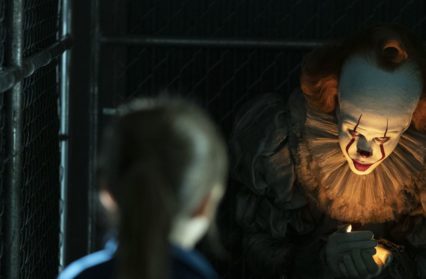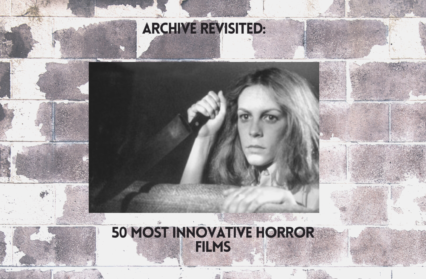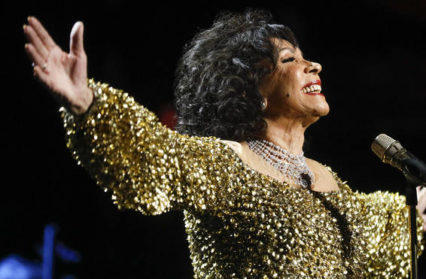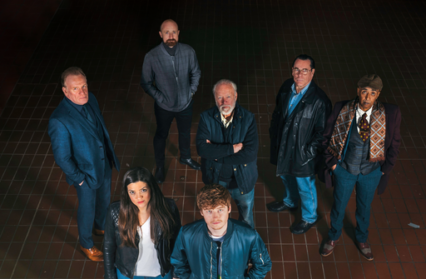Carolyn Percy looks at the hotly anticipated IT Chapter 2, which has received controversial mixed reviews since its release.
It’s been 27 years since the Losers Club defeated Pennywise the dancing clown, favoured form of the otherworldly entity living underneath the town of Derry who’s responsible for the town’s numerous deaths, disappearances and the general atmosphere of sinister apathy. Or they thought they defeated it. When a horrific incident brings Pennywise out of hibernation, Mike, the only Loser who stayed in Derry, knows it’s time to bring the band back together, to fulfil the oath they made as children and defeat IT once and for all. And this time, Pennywise isn’t just out to feed – he’s out for revenge.
First of all, I must make mention of the effort made by the Cineworld in Friars Walk, Newport (the cinema where my friend and I saw the film): we were greeted by red balloons hanging from the ceiling of the entrance to the screen, only to be then hit with the double whammy of the sight of a figure in a yellow raincoat on the balcony visible as soon as you walk in. Safe to say we were feeling pretty freaked out before the film had even started.
So, reactions to IT Chapter 2 have been a little mixed, with some loving it and others of the opinion that it’s not as good as the first one; quelle surprise. As not only a highly anticipated release in its own right but a follow-up to its insanely critical and commercially successful predecessor, it was never going to please everyone, was it?
But, right from those first eerie strains of ‘oranges and lemons’ playing over the New Line & Warner Brothers’ logos to the end credits, Chapter 2 proves and enjoyable romp of a horror movie. Yes, it’s nearly three hours long (the first cut was over three hours and the first cut of Chapter 1 apparently had about four hours’ worth of material; director Andy Muschietti has repeatedly stated his intention to release a ‘super-cut’ of both chapters, with maybe even some scenes yet to be filmed).
Like the first, it starts out with a gut-punch of a sequence, adapting another of the book’s more gruesome events. Like poor Georgie Denbrough’s arm being ripped off before it, the horrific, homophobically-motivated attack of Adrian Mellon (before his inevitable death at the hands of Pennywise), shows that, as before, the movie is not messing around whilst significantly upping the ante.
We are then re-introduced to the Losers as adults (the children make numerous appearances through flashbacks), back to Derry and have to wrestle with the fact that, not only do they have to face the nightmare of Pennywise again but also rediscover their repressed childhood traumas. This middle part has been described by some as feeling “episodic” – there are a lot of different set-pieces one after the other, but they are good, dynamic set-pieces – varying from scary, to moving, to funny and often all three. It then builds to a solid confrontation and a moving finale, ending on an ever-so-slightly more optimistic note than King’s novel but still capturing the original’s essence.
An important thing to remember is that IT isn’t just about a shape-shifting, child-eating entity living in the sewers under a small American town – it’s about friendship, childhood, the bridge between child and adulthood and how to deal with the fact that crossing from one to the other burns the bridge between the two. So there are moments of levity – a running gag about how Bill’s books are good but his endings are rubbish, a hilariously deadpan cameo from King himself and basically anytime Bill Hader opens his mouth – and sincere emotion amongst the horror. To this end, all the performances, both child and adult, are fantastic.
Another important thing to remember is that this is not, technically, a sequel – it’s a continuation, and Muschietti and screenwriter Gary Dauberman very much approach it as such. The goal being, Muschietti stated, not to “best” what had come before but to make something as good. They have succeeded.
Carolyn Percy is a regular contributor to Wales Arts Review.












